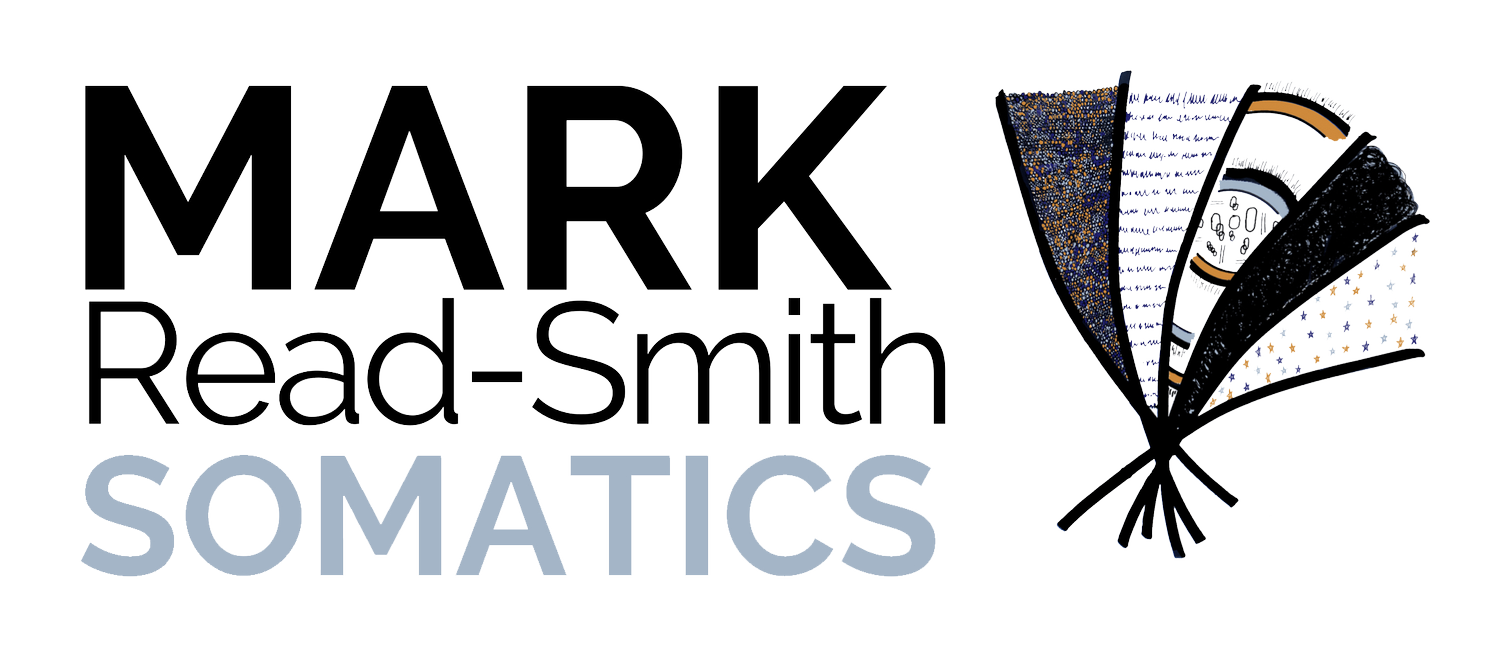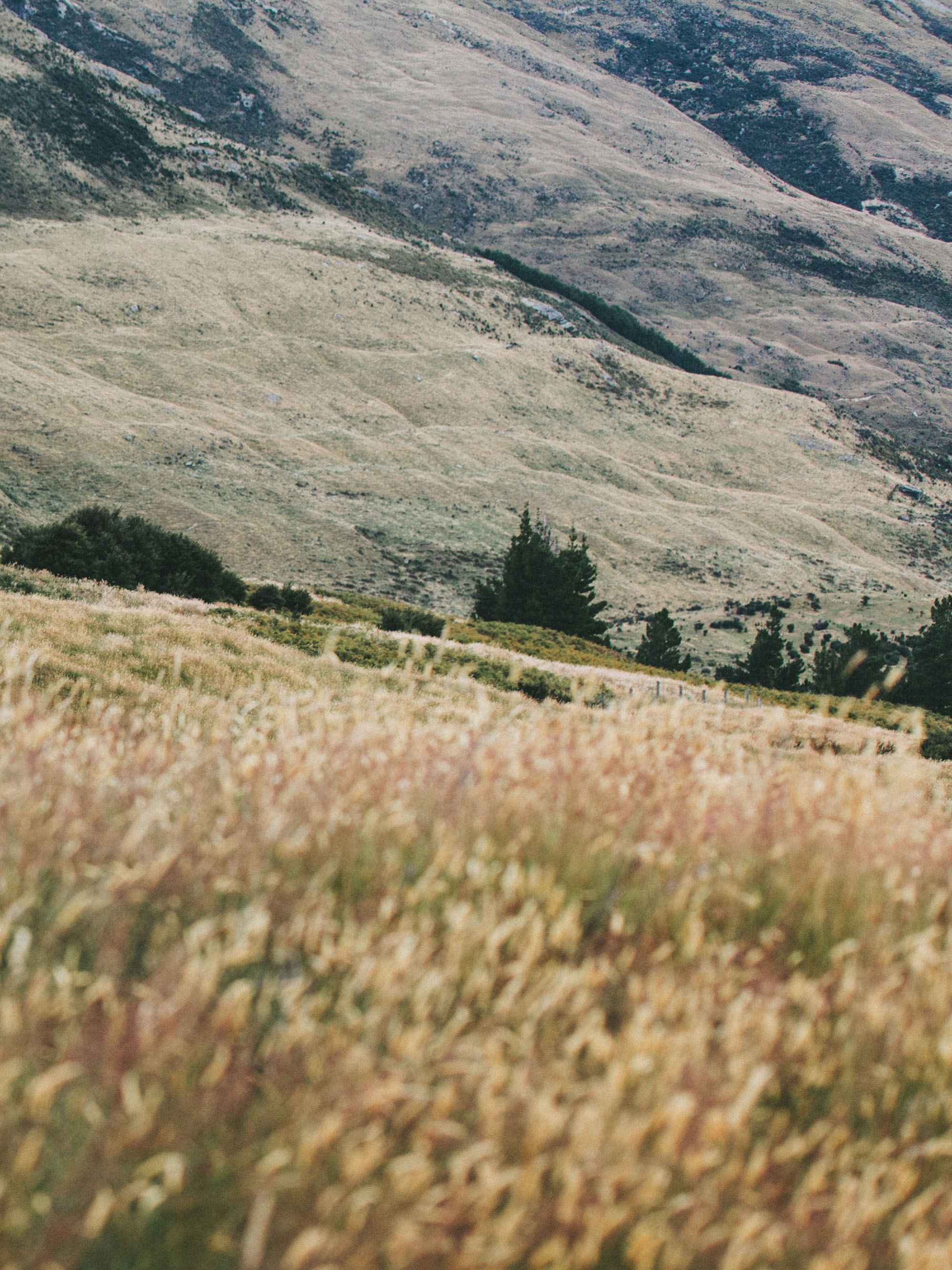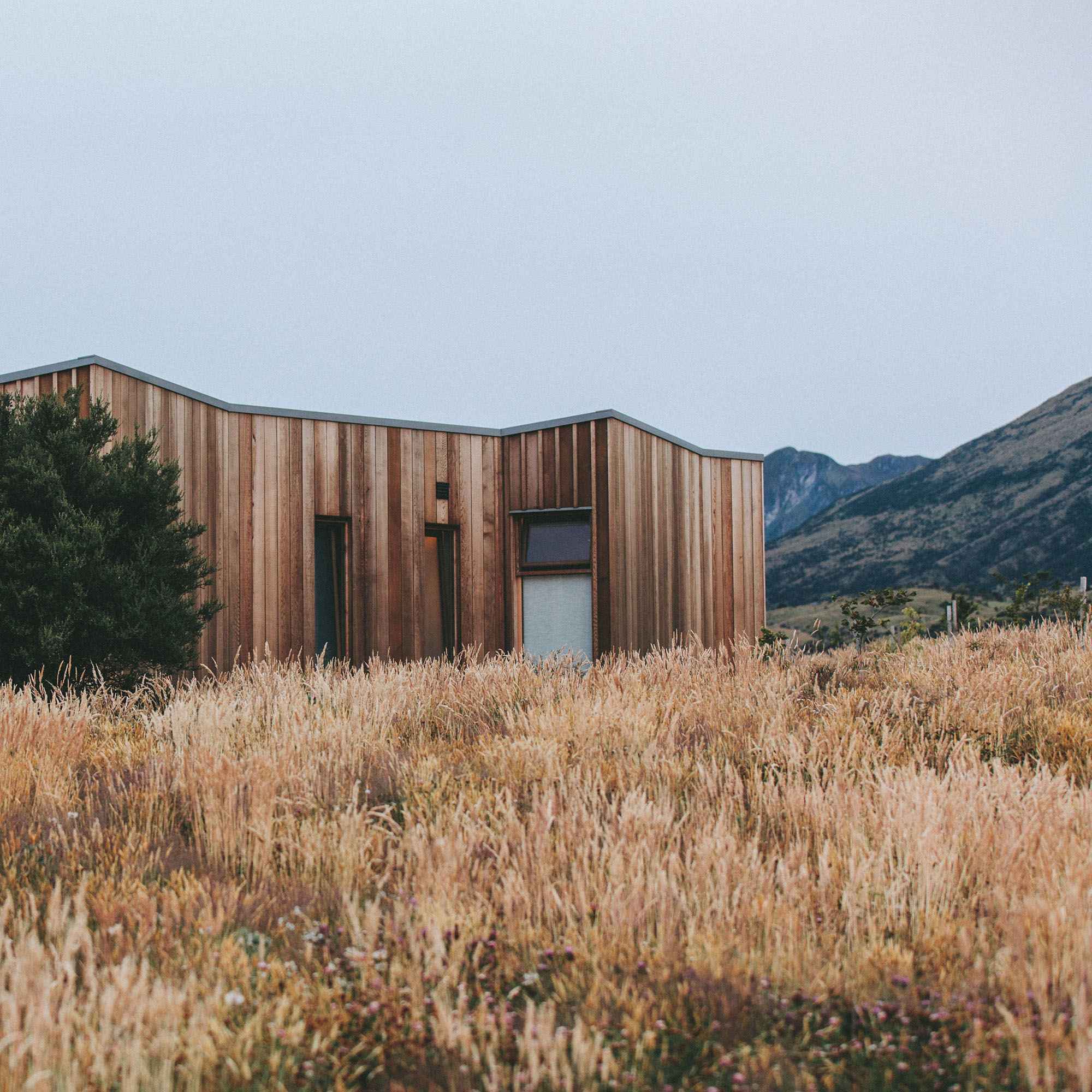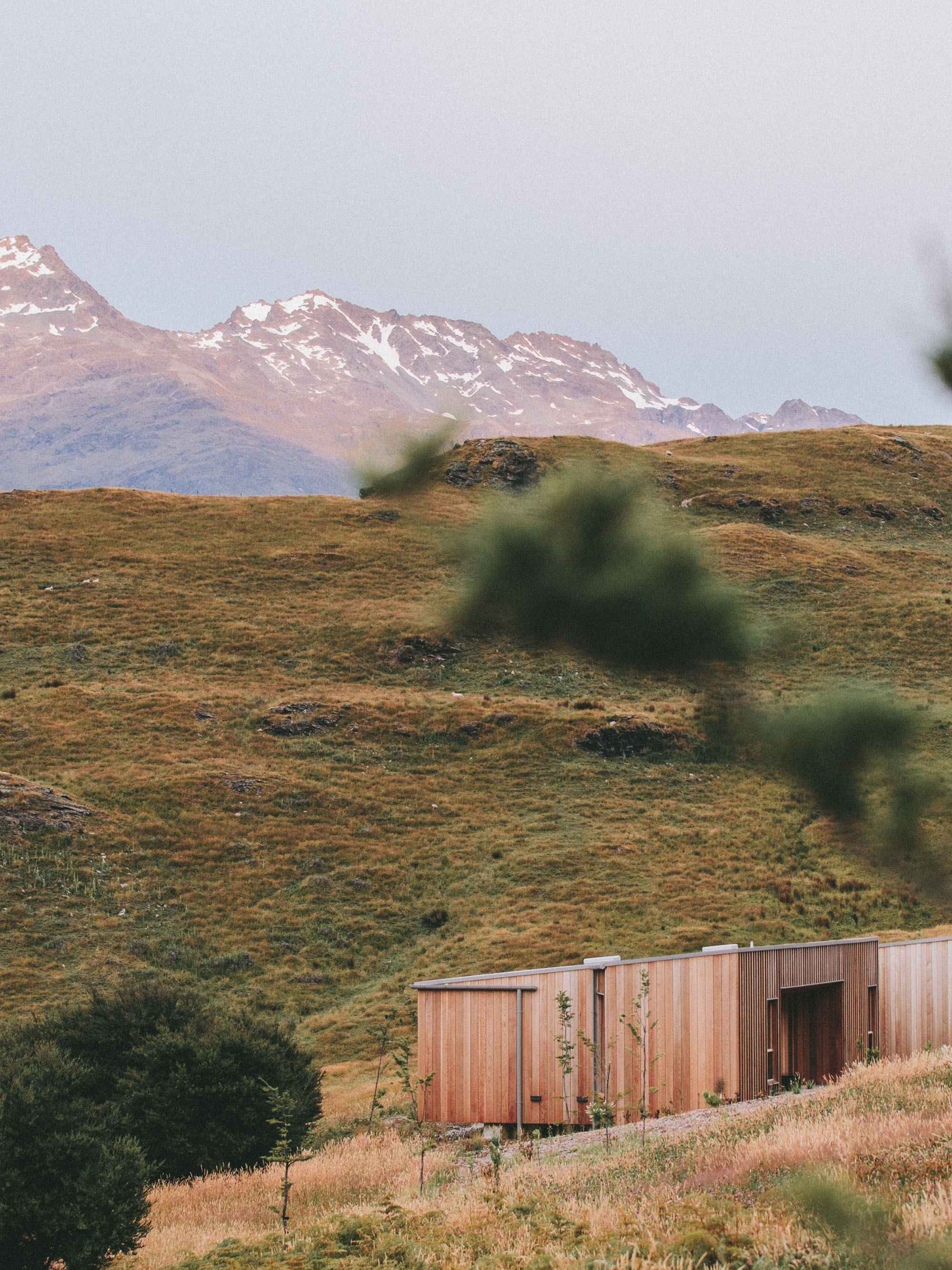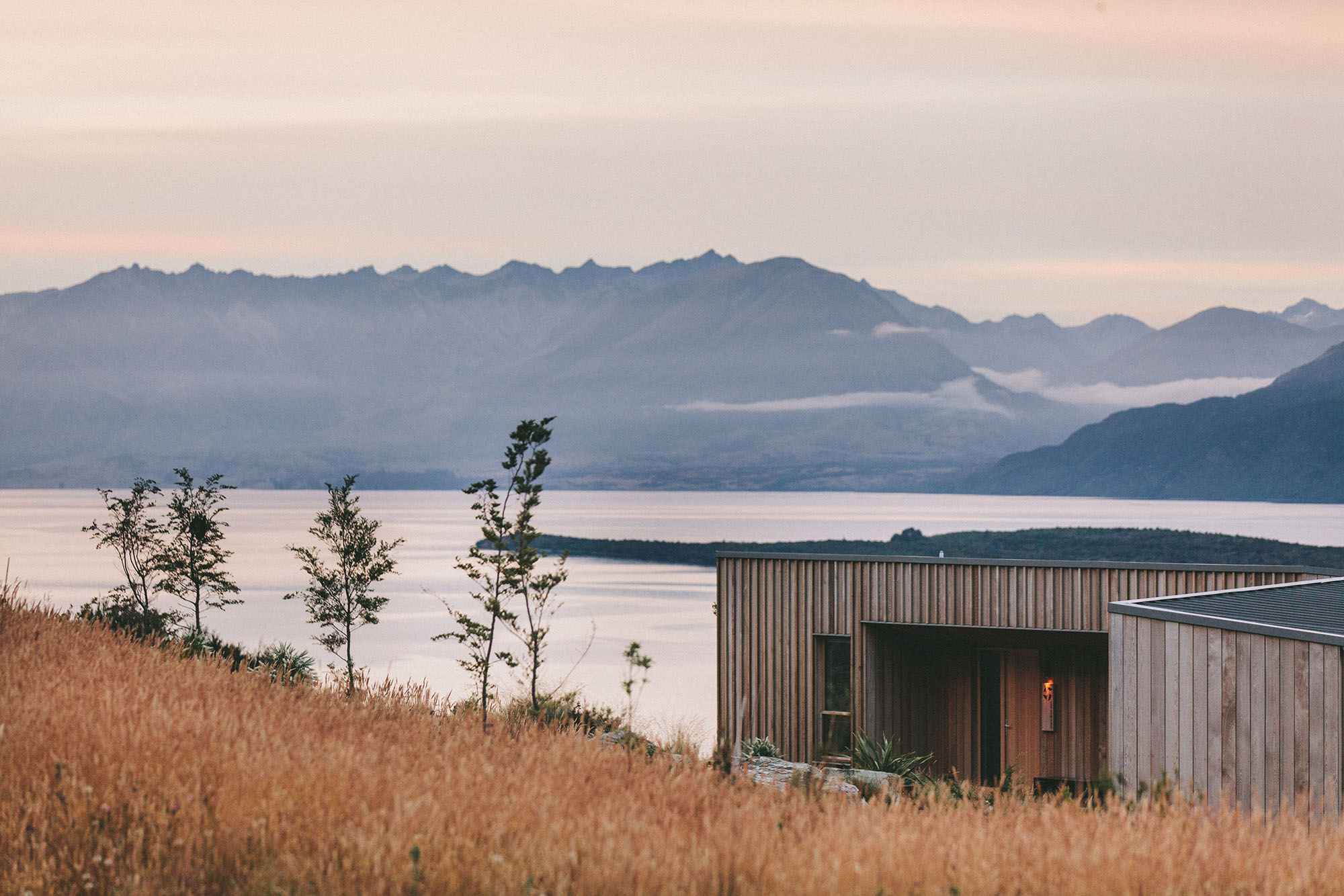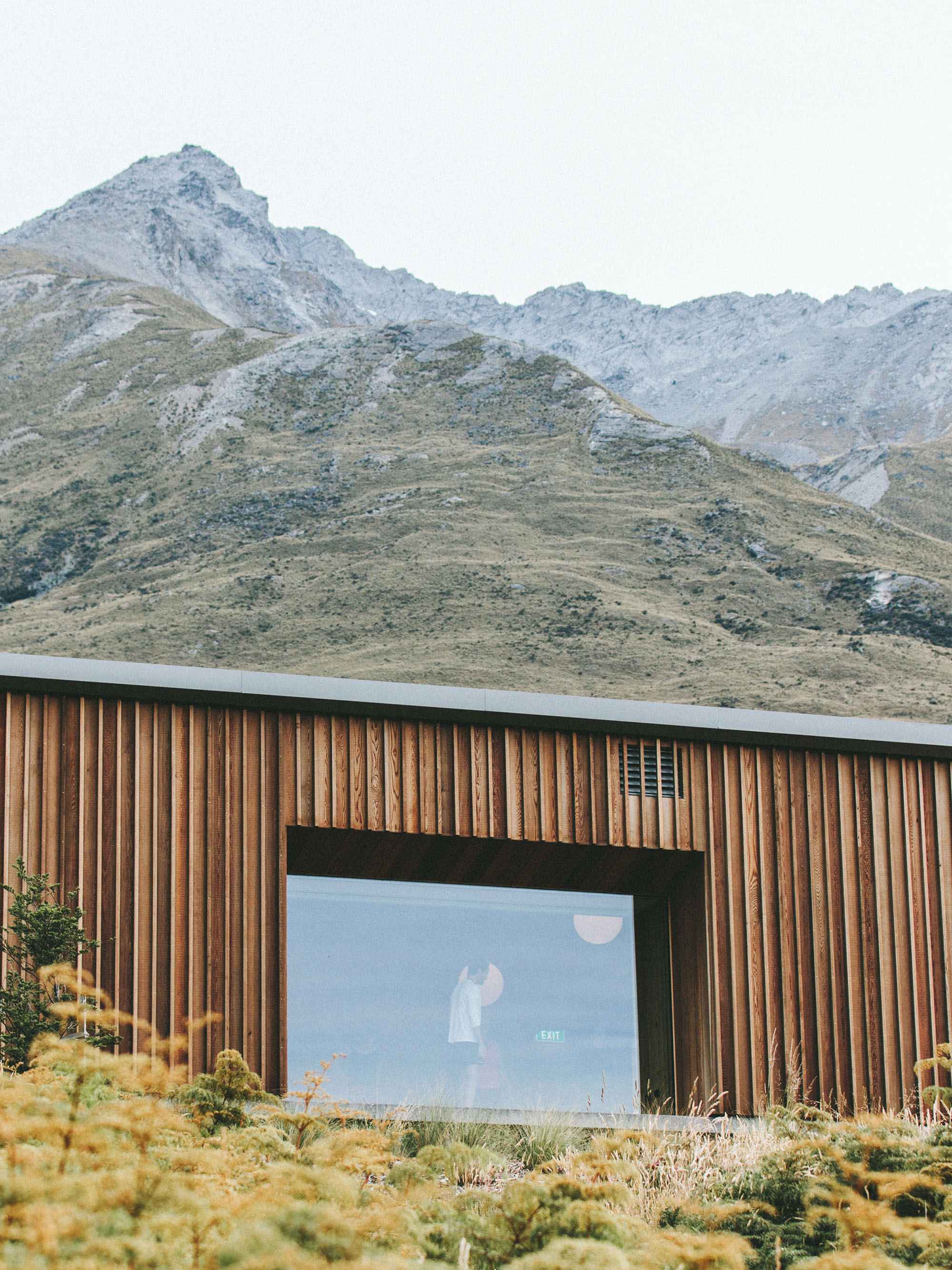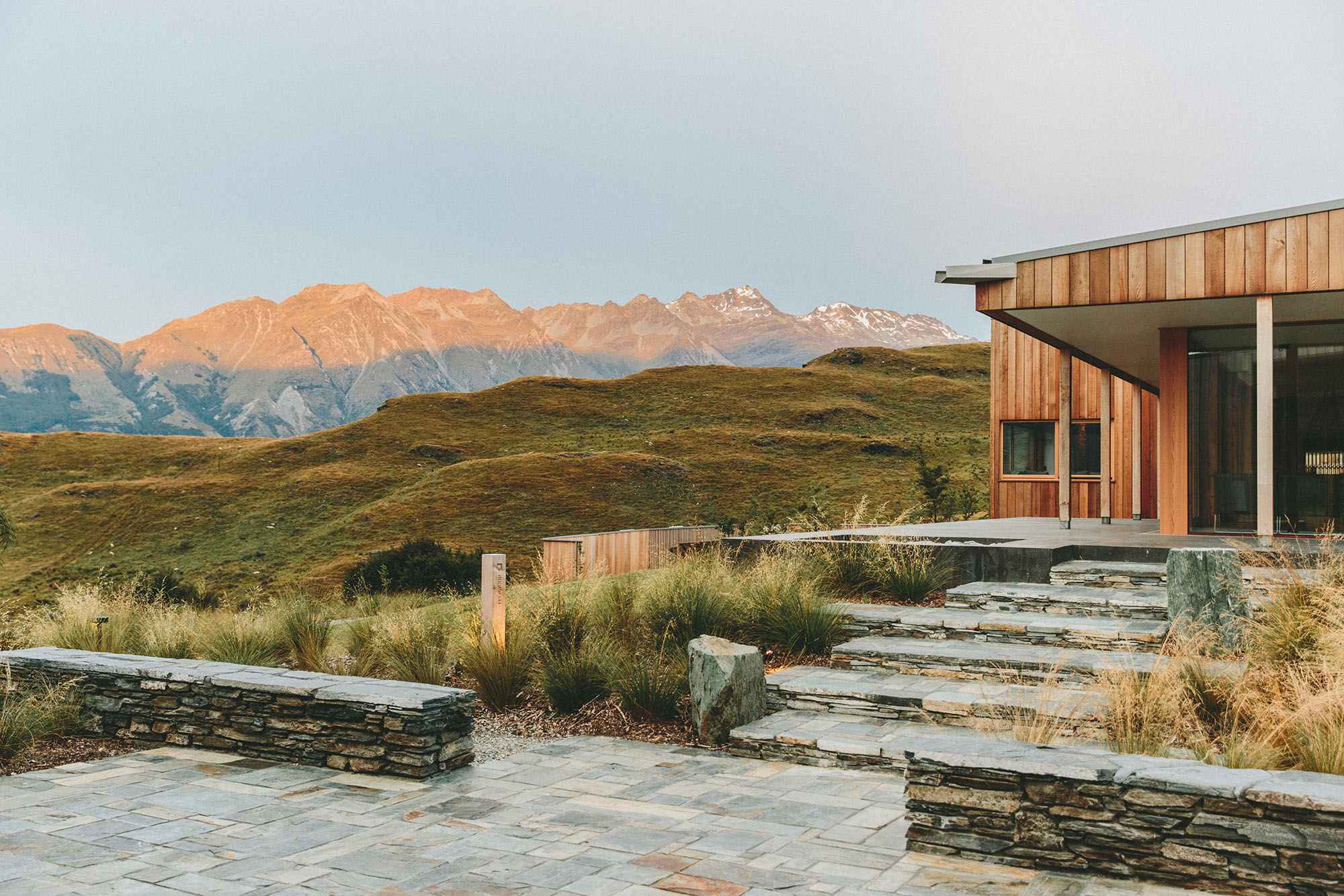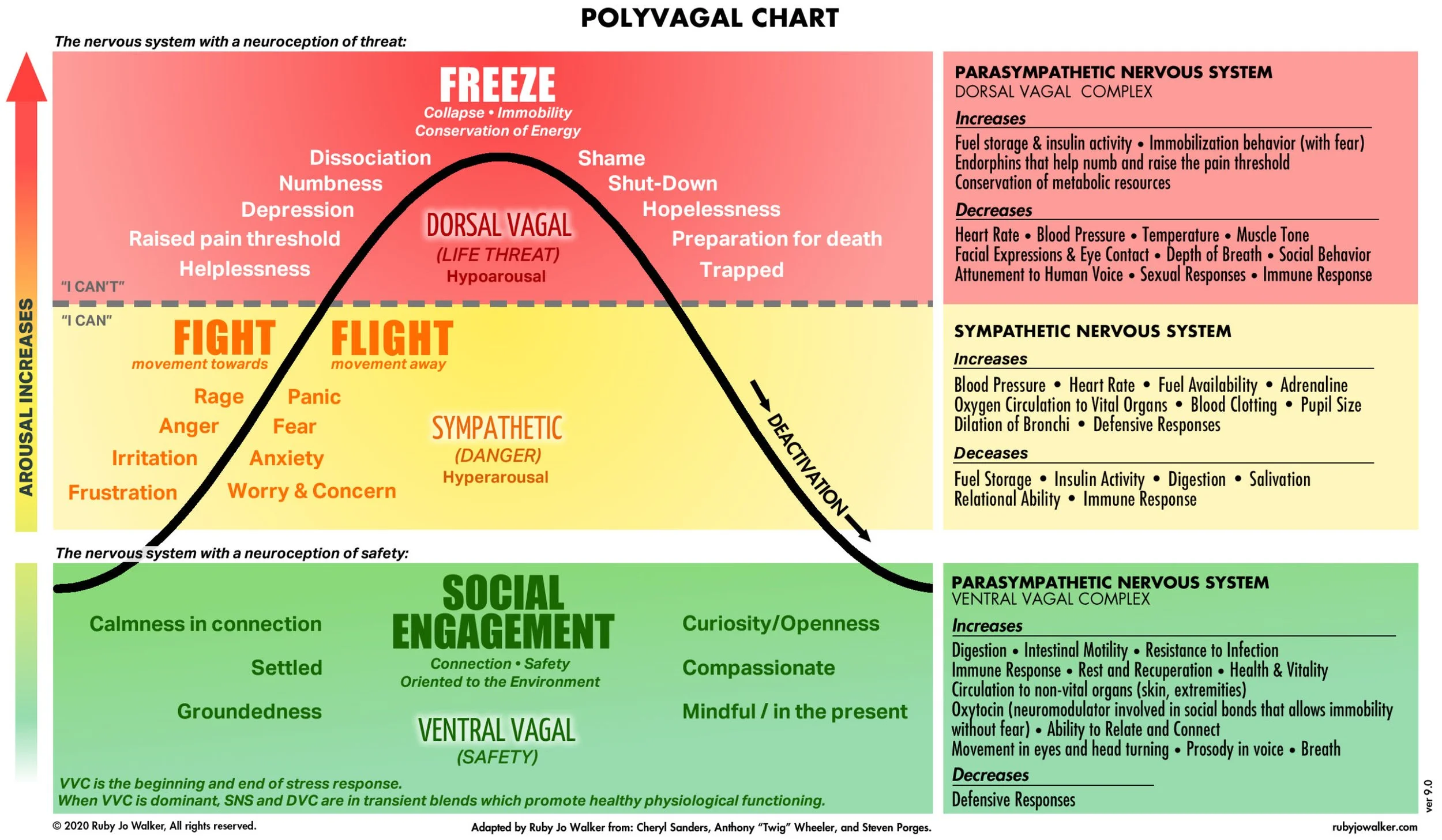Take a breath. And:
PLAY!
Follow Along!
Play Along!
create
-
At the end of the day, as you are remembering the moments that happened, what stands out to you? Take some time to draw these moments. Perhaps you draw the feelings, abstractly. Perhaps you let the writing instrument take over. As you finish your drawing, notice:
How does your body respond to the finished piece of artwork?
-
Bring a one-minute practice into nature. Find a spot that feels safe: maybe a soft seat under a tree in the sunshine. Get out your journal or random piece of paper, as well as a writing instrument. Set a timer for one minute and practice making marks… outside. After one minute, pause and notice the sensations around you: what you hear, see, smell, touch, and taste. Then, set a timer and begin the decentering practice again. Do this as many times as you would like.
-
Find random objects around you, and use them to create a sound. Record your sound. After you record your sound, close your eyes and draw with whatever comes up as you play the sound back. Do this as many times as you’d like, drawing over and over on the original piece of paper.
-
Take your journal and something you can draw or paint with quickly, like pastels or watercolor paints. The material should help you draw with freedom and without the urge to “fix” what you are drawing. Begin an orienting practice. As you orient to the world around you, draw what you see, smell, hear, and sense. These can be fast and rough sketches. The goal is to translate what you are feeling into the process of sketching. When you complete your practice, what do you notice? About the drawing? About the experience of the process?
WANDER
-
Find two places: one place outdoors that you visit frequently, and one place outdoors that you rarely visit or have never been to before. Bring your journal to each of these places and complete an orienting practice in the outdoors. After each orienting practice, take note of how you were feeling: did the two places feel similar? How did they feel different? Notice any sensations that emerged during the outdoor practices.
-
Take your drawings out into nature. Perhaps you will sit under a tree, near a river, or on a park bench. When you are sitting with them in nature, notice how they may feel or look differently or the same in a natural setting. How does your body feel? What thoughts come into your head? You may jot these down in your journal, or simply sit with these questions as you experience the fresh air.
Prompts for Creative Exploration
JOURNAL
-
In moments that command your attention, take the time to respond to the following questions:
How am I breathing?
How is my brain thinking… or not thinking?
What is my level of focus in each moment?
-
Take time to write how a decentering practice feels.
Some prompts for journaling could be: how do the drawing instruments feel in your hand? During your practice, what thoughts came into your head? What sensations did you feel in your body? -
Take time to reflect: As you make sounds, what shows up in your body? How is your heart? How does the energy flow? If you can’t remember, make the sound again. Notice the sensations that arise. Afterward, journal about these experiences.
-
Your Nervous System: A Short Story
Give your nervous system a name. Give it a face. Create a nervous system character. Does it have a home? What does it like to do? Write a short story about your nervous system, informed by your drawing practice reflections.
Speak + Listen
-
Take the one-minute decentering art that you have created, and speak it into existence.
Say out loud: What is its name? Where does it come from? How did it get here?
Turn it into a character and speak its story to the air.
-
As you go about your day, notice what sounds make you feel TENSE.
Notice what makes you feel RELAXED.
Just… notice. Listen to your body as you listen to all of the sounds that come your way.
But what does all of this have to do with the nervous system?
Often, as we go about our daily lives, our attention is pulled in many different directions. The world and its stimulants ask us to focus directly on one thing. This direct focus can cause feelings of exhaustion, stress, and burnout. The things that we directly focus on can also be triggers for trauma to re-emerge and effect that moment.
Decentering offers an alternative option to focusing directly on a problem or task. When we engage in the decentering process, we turn away completely from the problem. When we decenter, we create art that is not focused on the stressful task or traumatic experiences. We create something completely away from what we’ve previously been so focused. Through this decentering process, our nervous system can have the opportunity to regulate.
Our nervous systems are constantly checking for safety. When the nervous system detects a threat, arousal increases (the yellow): this is when you might feel anxiety, anger, or begin to panic. As arousal increases, your body moves into a freeze mode (the red), possibly feeling numbness or shutting down. As the threat passes, the nervous system deactivates, moving toward safety and groundedness (the green). Each individual nervous system establishes patterns based on past experiences of activation.
What is nervous system regulation?
A term used to describe the phenomenon of how one's nervous system brings about homeostasis after events of arousal.
Our nervous system is mapping everything, all of the time. When we orient and play within the world, we’re trying to better develop our sense of what’s happening around us.

